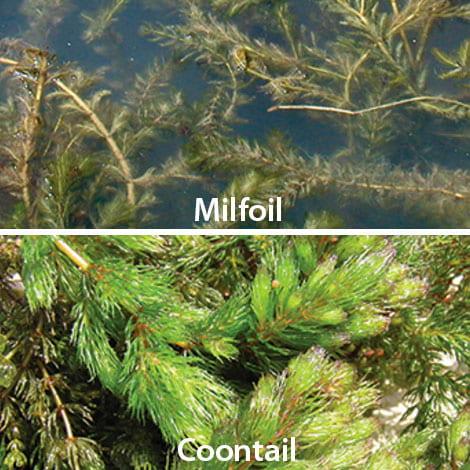Exploring Milfoil: Insights from the Washington State Department of Ecology
Nestled within the stunning lakes and rivers of Washington State lies a complex ecosystem that is both vital to our environment and challenging to maintain. Central to this ecological story is milfoil, an aquatic plant notorious for its rapid proliferation and potential disruption of local waterways. However, milfoil’s role in our ecosystems extends beyond mere nuisance. The Washington State Department of Ecology is shedding light on the intricate balance between the benefits it offers and the environmental challenges it presents. This article examines insights from state experts, focusing on how we can conserve our waterways while managing invasive species effectively. As discussions about milfoil evolve, understanding this plant becomes crucial for safeguarding Washington’s natural landscapes and biodiversity.
The Impact of Milfoil on Aquatic Ecosystems in Washington
Milfoil, an invasive aquatic species, has emerged as a significant concern among environmental advocates and policymakers across Washington state. Its unchecked growth can drastically alter local aquatic environments, leading to numerous complications. The presence of milfoil often results in diminished water quality and disrupted habitats that affect both flora and fauna alike. This invasive plant obstructs light penetration necessary for photosynthesis in underwater plants, ultimately threatening biodiversity levels within these ecosystems. Notable consequences associated with milfoil include:
- Oxygen Depletion: The spread of milfoil disrupts oxygen exchange within water bodies, adversely affecting fish populations as well as other aquatic organisms.
- Impeded Recreational Activities: Thick mats of milfoil can obstruct boating, fishing, and swimming activities—detracting from community enjoyment while impacting local economies.
- Dysfunctional Food Webs: The prevalence of milfoil may lead to changes in food availability for species dependent on native vegetation.
The management strategies employed against milfoil infestations have included mechanical removal techniques alongside chemical treatments coupled with public education initiatives. Local agencies have reported varying degrees of success with these methods; thus highlighting the necessity for comprehensive management approaches tailored to specific situations. Ongoing research into biological control options—such as introducing specialized weevils—is also being explored further due to its potential effectiveness against this invasive threat.
| Control Method | Effectiveness Rating | Additional Notes | ||||
|---|---|---|---|---|---|---|
| Mechanical Removal | Satisfactory | This method requires continuous maintenance efforts to prevent regrowth. | ||||
| Chemical Treatment | Efficacious | This approach is effective but carries risks for non-target organisms. | ||||
| tr > | <||
|---|---|---|
| The Department Of Ecology In WA State | Pioneers research initiatives alongside policy development concerning aquatic invaders.< / td> tr < | |
| Takes charge implementing localized outreach programs aimed at raising awareness among residents regarding prevention efforts.< / td> tr < | ||
